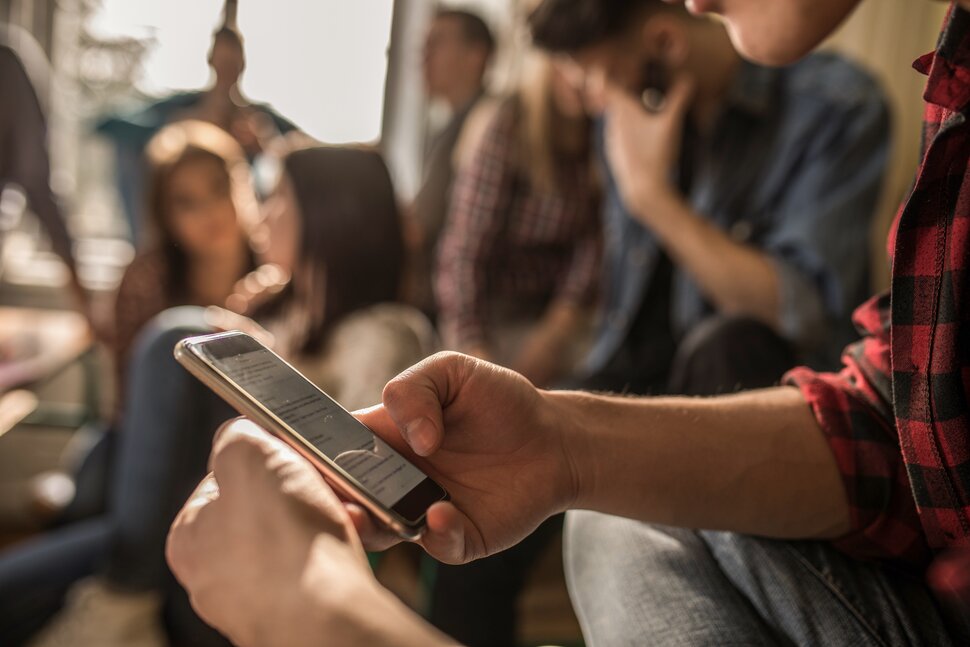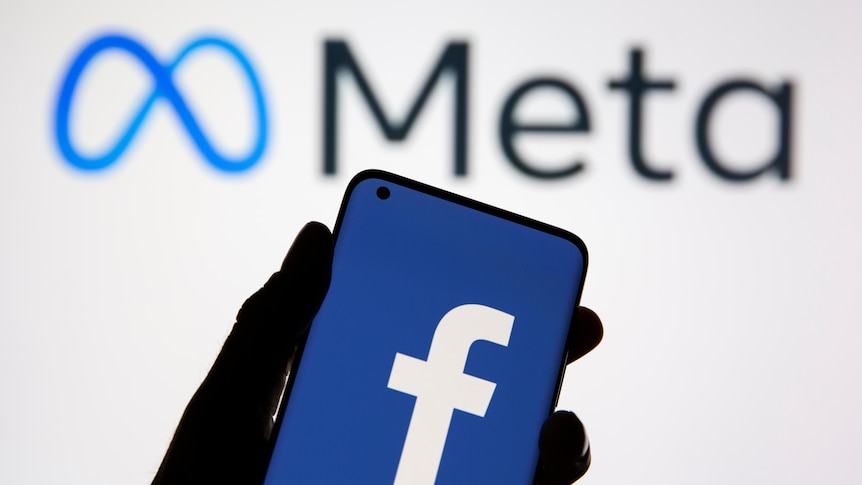Cell phones in school have been an issue for years. In Conroe ISD and many other school districts, policies have been implemented to attempt to manage the use of phones. For example, teachers place phone caddies inside their rooms. Recently, a committee was organized to evaluate the use of cell phones, their effects, and possible actions to be taken. This places jeopardy on everything we know about cell phones in our schools.
Six weeks ago, the use of cell phones was brought up during a school board meeting. The Safety Health Advisory Committee (SHAC), a group that includes parents, teachers, doctors, police, and others, recommended the school after researching the subject of phones. They recommended that 9th-12th grade students have access to their cell phones during designated periods, only 20 total minutes a day.
When not in one of the designated periods, SHAC recommends that phones be “set on silent mode, kept in backpacks, and should not be visible during school hours, including classroom time, lunch, and in the hallways and locker rooms.”
Yet this is easier said than done. College Park High School Principal and Committee Member Dr. Mark Murrel said, “I don’t know how you will do that [enforcing] when you have seven-minute passing periods. Other campuses have fewer changes, but they have ten-minute passing periods. How are we going to monitor that and control or limit that access? The SHAC committee is also adamant that students from 7-12 should have access to their phones for safety emergencies. So, if you’re going to limit their access to phones to two 10-minute sessions or one 20-minute session, yet you’re going to let them hang on to their phones all day, [then] how do you control the passing periods and lunch?” Dr. Murrel said there are challenges in controlling passing periods and restroom breaks.
Restrooms are a critical issue. “We especially don’t want students to have phones when going to the restrooms,” said Christopher Beineman, CPHS Tech Theater teacher and member of the phone committee.
There appears to be a lot of inappropriateness happening at the school. Murrell said phone issues are the main thing the administrators, especially the assistant principals, deal with daily – social media, photographs, pictures. “It’s against policy, but it’s also illegal to take a picture of anybody in a restroom,” Dr. Murrell said.
As stated by Houston Defense Attorney Ned Barnett, according to the Texas Penal Code Section 21.15 – Invasive Visual Recording, it is a crime for you to photograph, record, or transmit an image of someone in a bathroom or changing room. This causes many legal issues for students.
Dr. Murrel said, “We’ve had that this year. We were dealing with legal stuff, legal implications that some understand, but some don’t think a lot [about] what they are doing or think it’s that big of a deal. So, they don’t realize there’s a heavy price on some of those infractions. Once it starts violating the law, it goes to the police. When I don’t control it, I can’t help you.”
And not only legal problems but mental problems also can be attributed to phones. After doing research, SHAC has presented numerous facts about mental health. Perhaps the most alarming is that teens who spend three or more hours on their phone per day are at a 35% greater risk of suicide, and students who spend more than five hours are 75% percent more likely. These statistics do not include or define the non-suicidal mental health effects.
A peer-reviewed study by Elia Abi-Jaoude, Karline Treurnicht Naylor, and Antonio Pignatiello (2020) found smartphone and social media use increases “mental distress, self-injurious behavior, and suicidality among youth.” Studies similar to this have continuously reported worsening effects on teens.
SHAC also looked at cell phones and their relation to social life. MIT Sociology Teacher Sherry Turkle, Ph.D., said, “Conversation is the most human and humanizing thing we do. It’s where empathy is born, intimacy is born—because of eye contact because we can hear the tones of another person’s voice, body movements, and presence. It’s where we learn about other people.”
Phones, SHAC believes, are seriously inhibiting this peer-to-peer in-person interaction. “Downtime spent off the device facilitates peer-to-peer, [and] in-person interactions,” SHAC continues by further adding, “Free time spent engaging with peers, teachers, and administrators increases school connectedness.”
Yet, many peer-to-peer interactions still happen, even with phones around.
“Last week, I was out at lunch. I spent time just observing. They’re not on their phones. They’re eating lunch and having a conversation,” Dr. Murrell said.
Mr. Beineman says, “There is always room for improvement, but I think our policy at College Park is pretty effective. As a teacher, it’s easier to police that policy, and for the most part, most students comply.”
Beineman said, “None of us like to feel like we’re losing freedoms.”
Dr. Murrell said, “We can handle it easier than some of the other high schools because we just say, okay, we’re coming in and giving you advisory time; that’s your time. Dr. Murrell said he hopes we see a policy more like what we currently have – when students enter a classroom – their phones are off and put up. Additionally, he concluded, the enforcement comes from the teachers. Dr. Murrell said, “We’ve got to train our teachers.”
It has to be a team effort for all teachers and parents,” Mr Beineman said. “It’s easier when we’re consistent. It’s got to be a partnership with parents.”
















